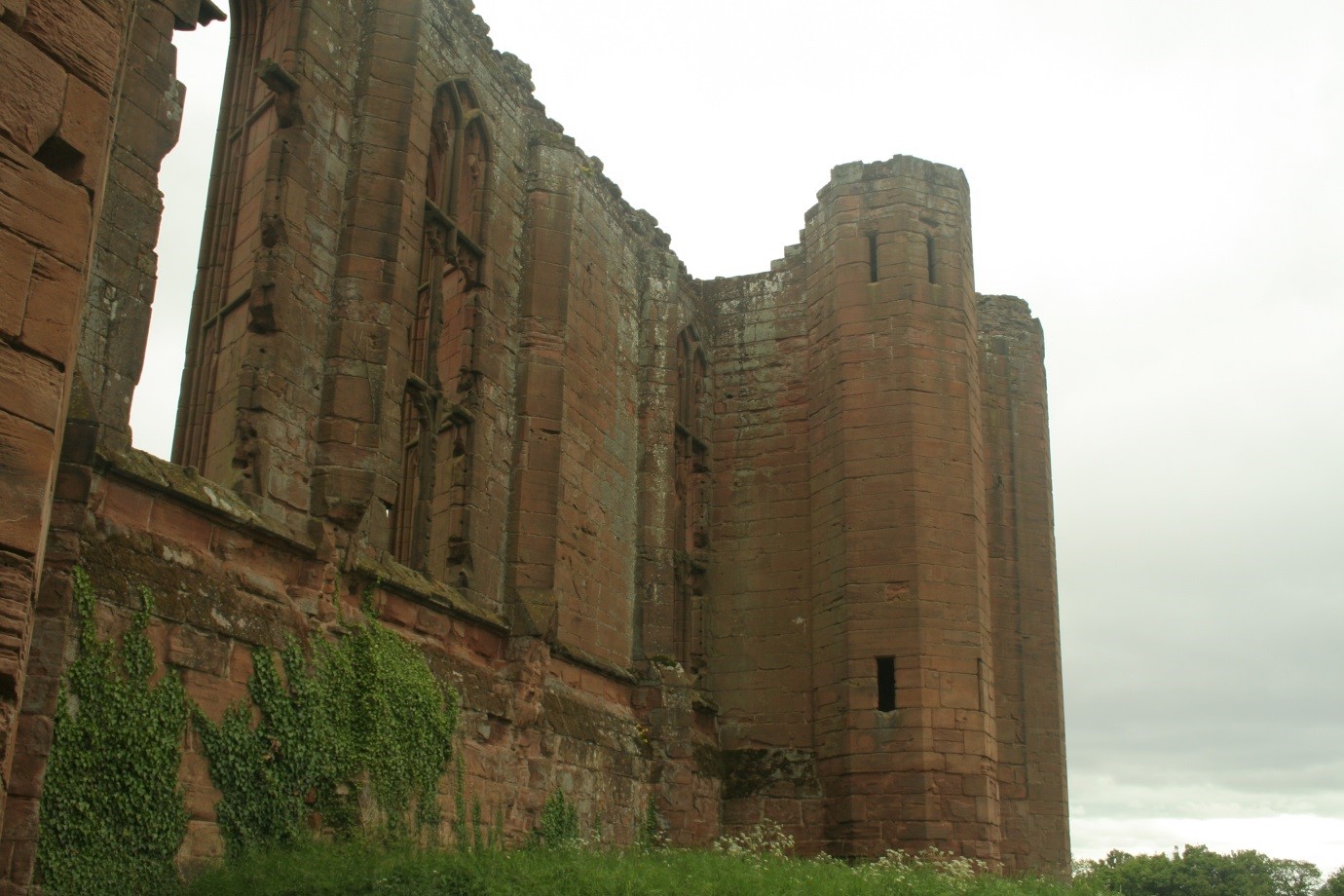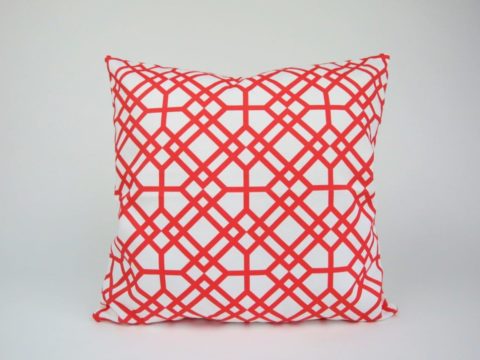Kenilworth Castle
Norman Keep to Elizabethan Pleasure Palace
Chapter 4 : Lancastrian Stronghold
Henry III granted both the forfeited Earldom of Leicester, and Kenilworth, to his second son, Prince Edmund, who was also granted the Earldom of Lancaster.
The Lancastrian Earls were powerful and wealthy. Kenilworth witnessed tournaments, hunts and lavish living on a royal scale.
The fourth Earl, Henry of Grosmont, was promoted to the title of Duke of Lancaster in 1351. A founding Knight of the Order of the Garter, he took an extensive role in the Hundred Years’ War, at the side of his second cousin, Edward III. He spent vast amounts of money, modernising Kenilworth in the 1340s, including building a new Great Hall. De Grosmont, however, had no sons. His elder daughter, Matilda, survived him only by a few months, and had no children, thus, his younger daughter, Blanche of Lancaster became the greatest heiress of her generation. With such a vast inheritance at stake, only a son of the King could be permitted to take control of it and a match was quickly made between 17 year old Blanche and John of Gaunt, third son of Edward III.
So far as is known, the pair were happily married, and had several children. Blanche, however, died young, of plague, at Leicester Castle, another part of her vast estates. Lancaster remarried. His wife, Constanza, was the exiled daughter of the deposed King of Castile, and he claimed Castile on her behalf, although with distinct lack of success.Kenilworth therefore became home to the titular King and Queen of Castile.
It was also the home of Lancaster and Blanche’s children, Henry of Bolingbroke, Philippa of Lancaster (later Queen of Portugal) and Elizabeth of Lancaster. They were in the care of one Lady Swynford, who was Lancaster’s mistress, and, later, in a fairytale of true love, his third wife. John of Gaunt spent huge sums on Kenilworth, with the works inspired by the architecture at Windsor Castle. The Master Mason was Henry Spenser, and he and his colleague, William Winttringham, the Master Carpenter, had undertaken works for the King.
Works continued throughout Lancaster’s life, and included practical constructions, such as new kitchens and improved security for his jewel house.

Lancaster’s son, Henry of Bolingbroke, supplanted his cousin, Richard II, as King of England in 1399, and thus took the whole Duchy of Lancaster back into royal hands – although the Duchy, and much of the land relating to it, remains the Sovereign’s personal estate.
The Lancastrian Kings, Henry IV, Henry V and Henry VI, spent a good deal of time at Kenilworth. During the Wars of the Roses, it was an important base for Henry VI and his wife, Marguerite of Anjou. The Yorkist Kings, however, do not seem to have had much interest in it.
Kenilworth plays a part in one of the best historical novels ever written, ‘Katherine’ by Anya Seton.



